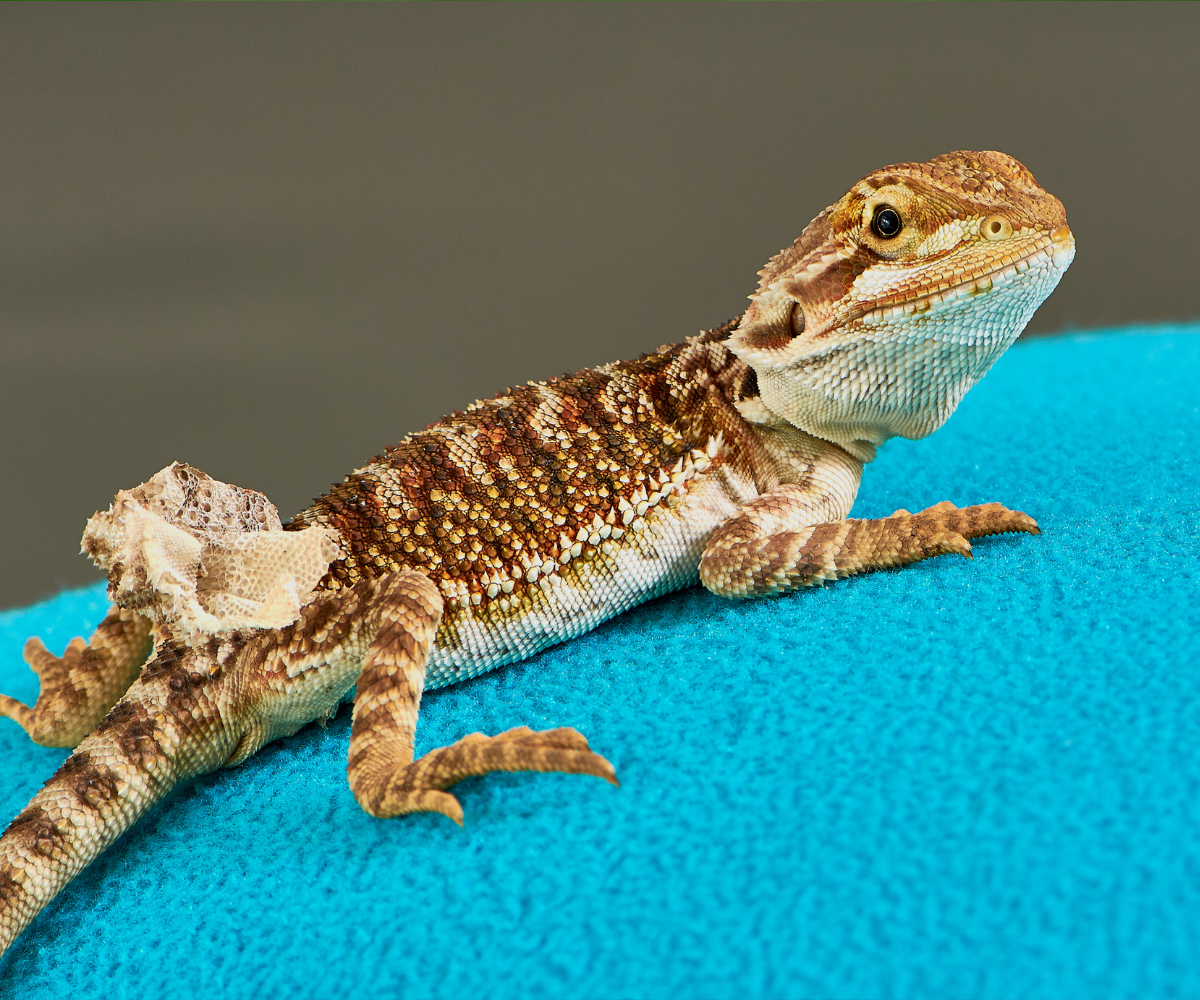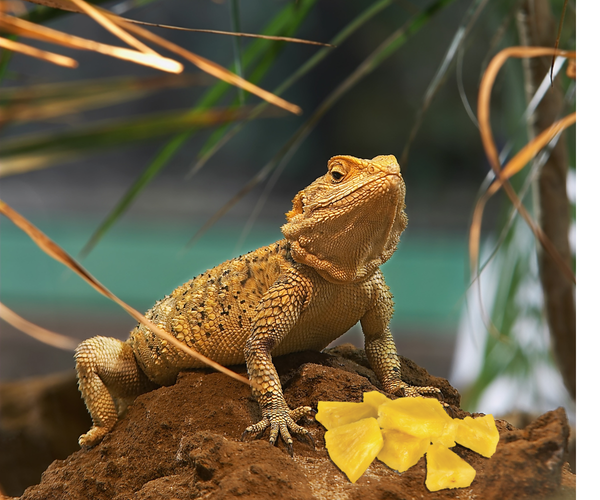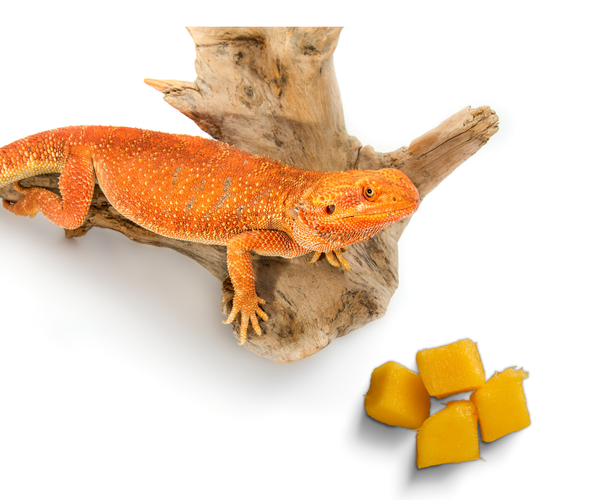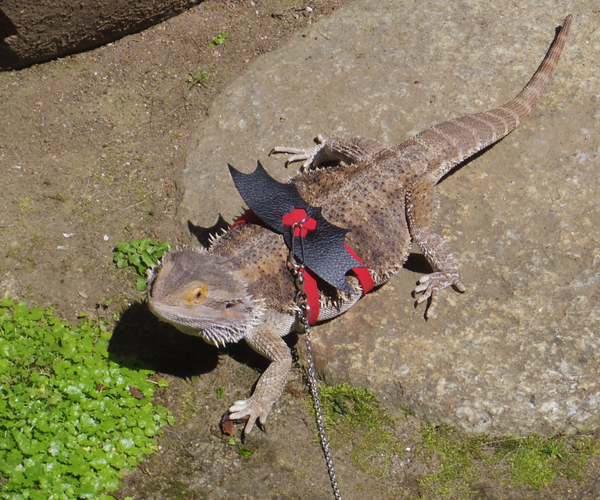Bearded Dragon Shedding
How often do bearded dragons shed, and why?

Key Takeaways:
- Bearded dragons shed their skin as they grow, and the frequency depends on their age and growth rate.
- Proper habitat conditions, nutrition, and hydration are crucial to ensure a healthy shedding process for your bearded dragon.
- Observing your bearded dragon behavior and physical changes can help you anticipate and support their shedding needs.
Shedding dead skin, or ecdysis, is a natural process for bearded dragons, essential for allowing them to grow and maintain healthy skin. As a bearded dragon owner, understanding the nuances of this process is crucial for the well-being of your pet. This article will delve into the frequency of shedding in bearded dragons, the factors that influence it, and how you can support your scaly friend through this phase.
The Shedding Process in Bearded Dragons
Bearded dragons experience a shedding process that is quite fascinating. Unlike snakes, which often shed their skin in one piece, bearded dragons tend to shed in several patches. This can sometimes give them a flaky, uneven appearance during the shedding period. The process is driven by growth, and as the bearded dragon grows, its old skin becomes too tight and must be shed to make room for the new skin underneath.
Factors Influencing Shedding Frequency
The frequency of shedding of a bearded dragons skin is influenced by several factors, primarily age. Baby bearded dragons shed as often as every few weeks while they are in their phase of rapid growth. As adult bearded dragons, the shedding rate slows down, and they may only shed once every few months. Other factors that can affect shedding frequency of your bearded dragon include diet, health, and environmental conditions within the habitat.
Recognizing Signs of Shedding
Knowing when your bearded dragon is about to shed is key to providing the right care. Many bearded dragons show signs of an impending shed including dulling of the skin color, a lack of appetite, and a preference for more secluded areas of their enclosure. You might also notice that your bearded dragon is rubbing against objects and rough surfaces in its habitat, which is a behavior aimed at helping to loosen the old skin.
Creating an Ideal Shedding Environment
To support your bearded dragons shed, it's important to maintain an ideal habitat. This includes proper temperature gradients, with a basking area that reaches temperatures between 95-110°F, and a cooler area that stays around 80-90°F. Humidity levels should also be monitored and kept at around 30-40% to help facilitate the shedding process.
Nutrition and Hydration for Healthy Shedding
A balanced diet rich in vitamins and minerals, along with adequate hydration, plays a significant role in the bearded dragon shedding process. Bearded dragons should have access to fresh water daily, and their diet should consist of a mix of insects, greens, and occasional fruits. Supplements like calcium and vitamin D3 can also be beneficial, especially for growing juvenile bearded dragons.
Shedding Aids and Bathing
Bathing your bearded dragon in warm water can be a helpful way to ease the shedding process. Warm baths encourage the old skin to loosen and can provide relief if your dragon seems uncomfortable. Additionally, there are shedding aids available that can be applied to the skin to help with difficult sheds, but these should be used sparingly and only as needed.
Monitoring Your Bearded Dragon for Shedding Complications
While shedding skin is a natural process, complications can arise. Partial shed, or "stuck shed", particularly around the limbs, eyes, and tail, can lead to restricted blood flow and potential health issues such as tail rot. It's important to pay attention while your bearded dragon sheds and consult a veterinarian if you notice any problems.
When to Seek Veterinary Care
If you observe any signs of distress or infection during your bearded dragon's shed, it's important to seek veterinary care. Symptoms like lethargy, loss of appetite, or old skin that remains stuck for an extended period may indicate an underlying health issue that requires professional attention.
The Role of Handling and Interaction
Handling your bearded dragon during shedding should be done with care. While some bearded dragons may appreciate gentle assistance with removing loose skin, others may prefer to be left alone. It's important to respect your pet's preferences and if needed, limit handling while they shed, and never pull on the shedding skin, as this can cause discomfort or injury.
Bearded Dragon Shedding Shedding Patterns and Health
Observing and documenting your bearded dragon shedding patterns can provide valuable insights into their overall health. Regular, consistent sheds are a good sign, while changes in frequency or difficulty shedding may warrant a closer look at their care routine and a consultation with a reptile-savvy veterinarian.
Summary
For healthy bearded dragons, shedding is a natural and necessary process, with the frequency largely dependent on age and growth rate. By providing a suitable environment, proper nutrition, and careful observation, you can help ensure that your bearded dragon shedding process is as smooth and stress-free as possible. Remember to monitor for any complications and seek veterinary care if needed, and always handle your shedding bearded dragon with care and sensitivity.
FAQ Section
Q: How often do baby bearded dragons shed? A: Baby bearded dragons, due to their rapid growth, can shed as often as every few weeks. It's important to provide baby dragons with the right conditions to support their frequent shedding.
Q: Can I help my bearded dragon shed? A: You can assist your bearded dragon by providing warm baths to help loosen the old skin and by maintaining the proper habitat conditions. However, avoid pulling on the skin, as this can be harmful. You can try gently brushing in a circular motions with a soft bristle toothbrush to help remove skin.
Q: What should I do if my bearded dragon is having trouble shedding? A: If your bearded dragon skin is not shedding, ensure that their habitat has the correct temperature and humidity levels. You can also offer a warm bath to help, or gently brush with a soft toothbrush while your bearded dragon is shedding. If problems persist, consult a veterinarian for advice.




